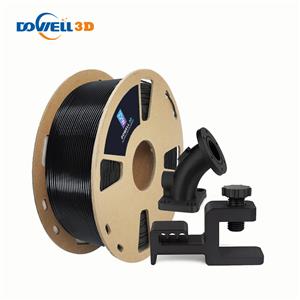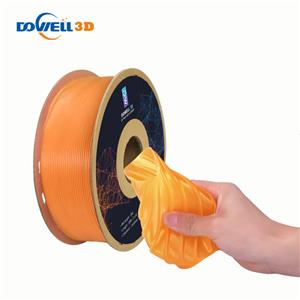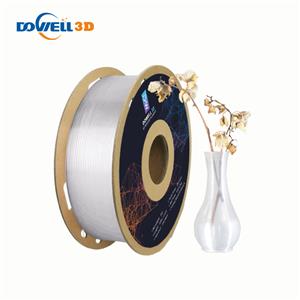Which 3d filament can be used for printing plant pots?
Which 3d filament can be used for printing plant pots?
As we know, The most used filaments in 3D printing are PLA, PETG, ABS and to a lesser extent ASA. These materials are wide spread and used across all industries which are utilizing the 3D printing technology.
There is no doubt that PLA is one of the most suitable 3d printing materials for printing plants, pots and planters, it is more suitable for beginners and biodegradability is its biggest advantage.
3D printed pots are a particularly popular product. However, given the qualities of PLA, some people wonder if the material will work well for a planter. After all, would soil, water, microorganisms, etc., cause PLA to break down since it is biodegradable? As it turns out, the answer is…well, it depends.
Indoor Use
Many people use PLA for their indoor 3D printed pots with no issues. They grow plants using the normal methods of soil and water, and they report no noticeable changes for years. Indeed, most people report changing out their plants and reusing their 3D printed planters with no trouble. PLA needs too high of a temperature and humidity level to start its decomposition process, and even then, that process is slow. So, if you have a PLA-based 3D printed planter, you should expect it to last a long time indoors with no trouble.

Outdoor Use
Using PLA outside is much more of a mixed bag. Many people have had success using PLA products outside, including 3D printed pots, especially if they are out of direct sunlight for most of the day. However, many others have reported seeing their artistic masterpieces become deformed (some slightly, some majorly) by being outside, especially in direct sunlight. That said, using a UV-resistant paint or glass can help reduce damage—or at least stave it off longer.





